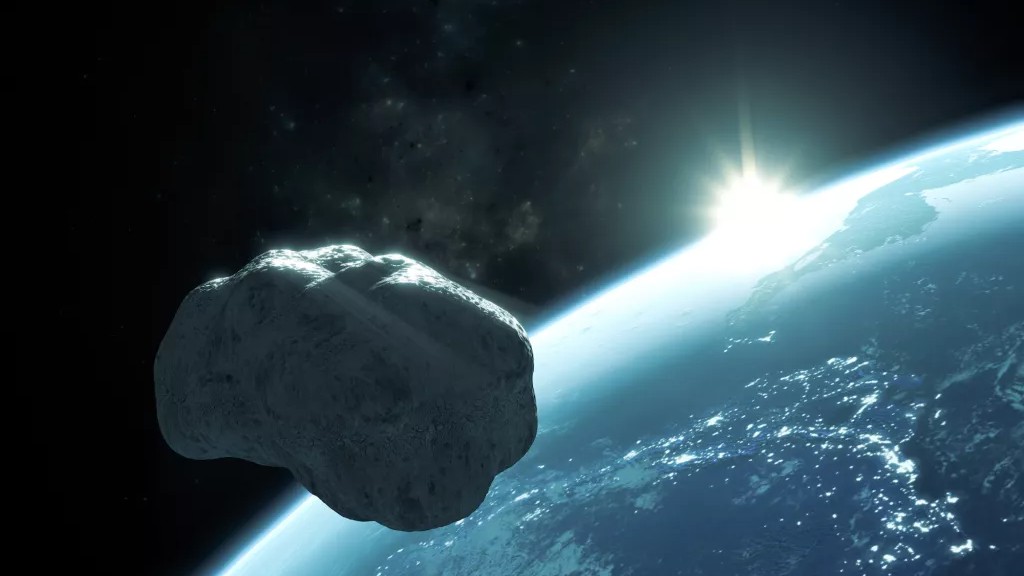'Planet killer' asteroids pose no threat to Earth for at least 1,000 years — but smaller rocks could still be a problem
The risk of a kilometer-scale asteroid hitting Earth in the next millennium is really low. Phew.

Rest easy: Earth probably won't be creamed by a killer asteroid in the next 1,000 years.
New research accepted for publication in The Astronomical Journal and available on the preprint server arXiv.org finds that none of the kilometer-wide (0.6 mile) asteroids that travel near Earth are likely to hit the planet in the next millennium.
"It's good news," Oscar Fuentes-Muñoz from the University of Colorado Boulder, who led the study, told MIT Technology Review.
An asteroid about 0.6 mile in diameter is smaller than the one that wiped out the dinosaurs, which is thought to have measured about 6.2 miles (10 km) in diameter. But an 0.6-mile-wide asteroid could still cause continental-scale devastation, according to the Global Challenges Foundation, potentially killing hundreds of millions of people.
NASA has accumulated a catalog of about 962 near-Earth objects of this size, likely representing about 95% of space rocks in this size category that pass near our planet. Scientists typically estimate that asteroids of this size strike Earth approximately every 600,000 to 700,000 years, though some researchers argue that these impacts have happened more often.
Fuentes-Muñoz and his colleagues used new methods of estimating which orbits of large near-Earth objects could result in a potential collision, enabling them to peer 1,000 years into the future — far longer than typical asteroid forecasts. They examined which orbits had the potential to bring an asteroid closer to Earth than the average distance between Earth and the moon.
The most dangerous object, a stony asteroid about 0.8 mile (1.3 km) in diameter called 1994 PC1, has only a 0.00151% chance of approaching within the moon's orbit in the next millennium. And that's 10 times more likely than any other asteroid in the dataset, MIT Technology Review reported.
Sign up for the Live Science daily newsletter now
Get the world’s most fascinating discoveries delivered straight to your inbox.
Objects smaller than a kilometer can also be dangerous, just on smaller geographic scales. The Tunguska event, which flattened 830 square miles (2,150 square kilometers) of Siberia forest in 1908, was caused by the explosion of an approximately 200-foot-diameter (60 meters) space rock in the atmosphere. In a populated area, such an explosion would be devastating. In 2013, a smaller fireball, caused by an asteroid fragment approximately 59 feet (18 m) in diameter, blew out windows and damaged buildings in Chelyabinsk, Russia, injuring almost 1,500 people.
NASA is now working to catalog asteroids of 459 feet (140 m) or larger, which are capable of destroying a city. That catalog is about 40% complete, Fuentes-Muñoz told MIT Technology Review: "[T]here's hope that new surveys of the sky will give us a much higher completeness rate."

Stephanie Pappas is a contributing writer for Live Science, covering topics ranging from geoscience to archaeology to the human brain and behavior. She was previously a senior writer for Live Science but is now a freelancer based in Denver, Colorado, and regularly contributes to Scientific American and The Monitor, the monthly magazine of the American Psychological Association. Stephanie received a bachelor's degree in psychology from the University of South Carolina and a graduate certificate in science communication from the University of California, Santa Cruz.










